Optimal Timing for Mole Pest Control
Effective mole pest control requires timing strategies aligned with mole activity patterns. Moles are most active during specific periods, influencing the success of control measures. Understanding seasonal and environmental factors can optimize treatment outcomes.
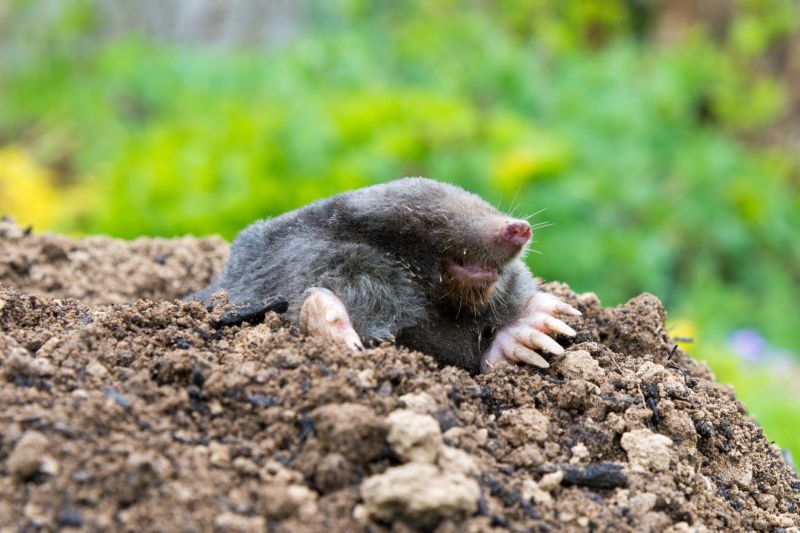
Spring months see increased mole activity due to soil warming and abundant food sources.

Early summer offers optimal conditions for mole trapping and repellents to be effective.
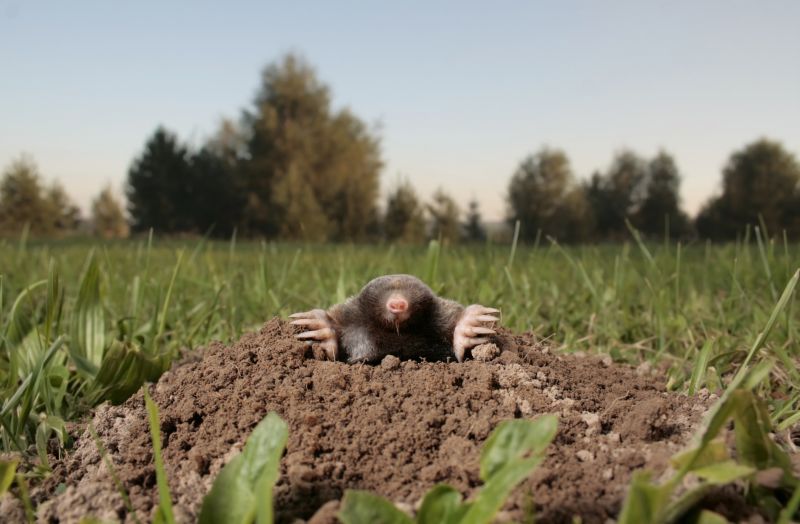
Fall activity declines but treatment can be useful before winter dormancy.

Ways to make Mole Pest Controls work in tight or awkward layouts.

Popular materials for Mole Pest Controls and why they hold up over time.

Simple add-ons that improve Mole Pest Controls without blowing the budget.
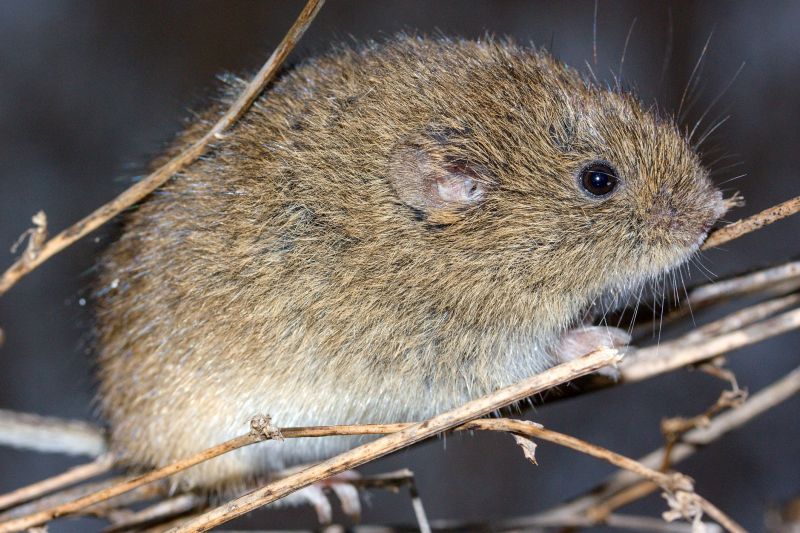
High-end options that actually feel worth it for Mole Pest Controls.
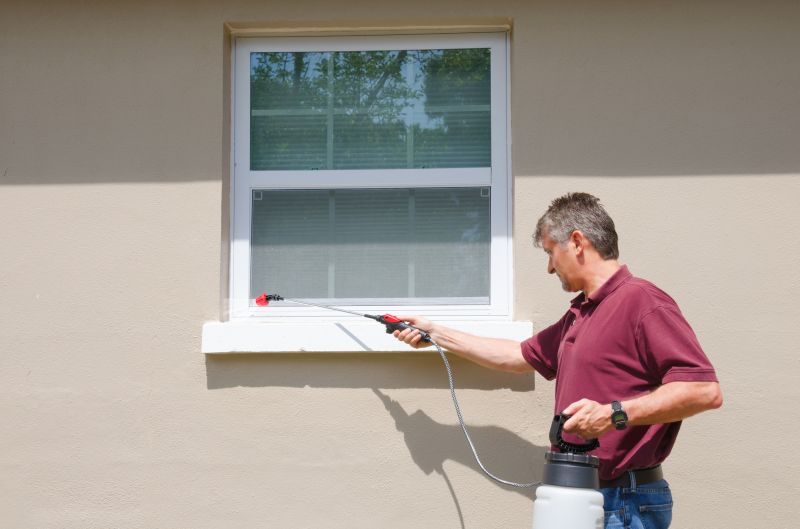
Finishes and colors that play nicely with Mole Pest Controls.
Moles are subterranean mammals that primarily feed on earthworms, insects, and grubs. Their tunneling behavior can cause significant damage to lawns, gardens, and agricultural fields. Controlling moles involves understanding their activity cycles and habitat preferences.
Moles tend to be most active during dawn and dusk, especially in moist, loose soil.
Mole activity peaks in spring and early summer, with reduced movement during colder months.
Soil moisture and temperature significantly influence mole tunneling and feeding.
Trapping, repellents, and habitat modification are common strategies.

Underground tunnels disrupt soil structure and plant roots.

Traps are most effective when placed in active tunnels during peak activity.
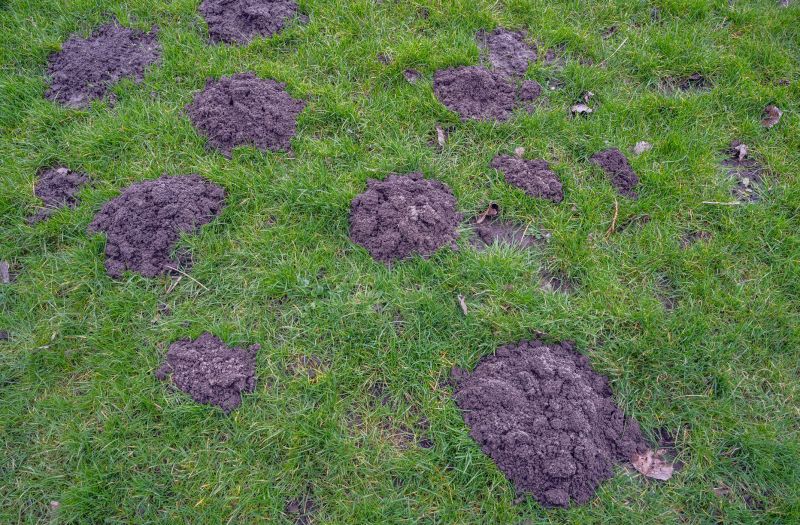
Mole activity causes raised ridges and uneven ground surfaces.
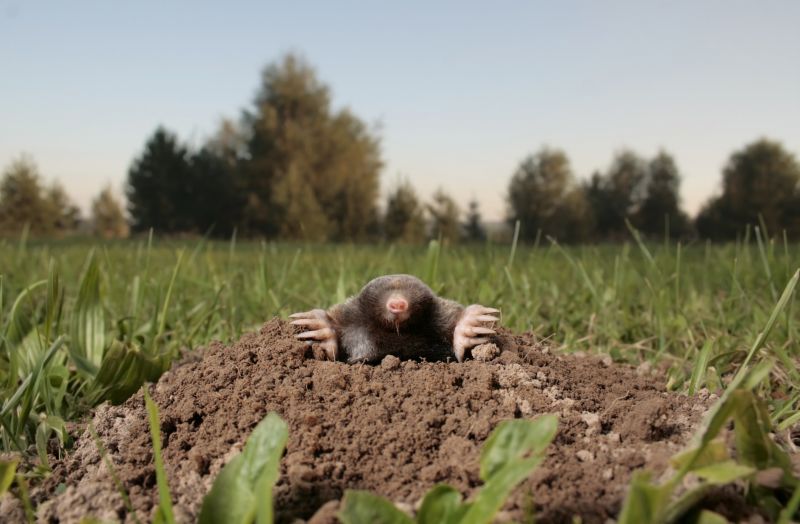
Removing food sources and altering soil conditions can reduce mole presence.

Look for surface ridges, soil mounds, and damaged turf.

Repellents and baiting options are available for targeted control.
| Season | Optimal Control Timing |
|---|---|
| Spring | Early spring before tunneling peaks |
| Summer | Late spring to early summer for trapping |
| Fall | Late fall before dormancy begins |
| Winter | Limited activity; control less effective |
| General | Monitor soil conditions year-round |
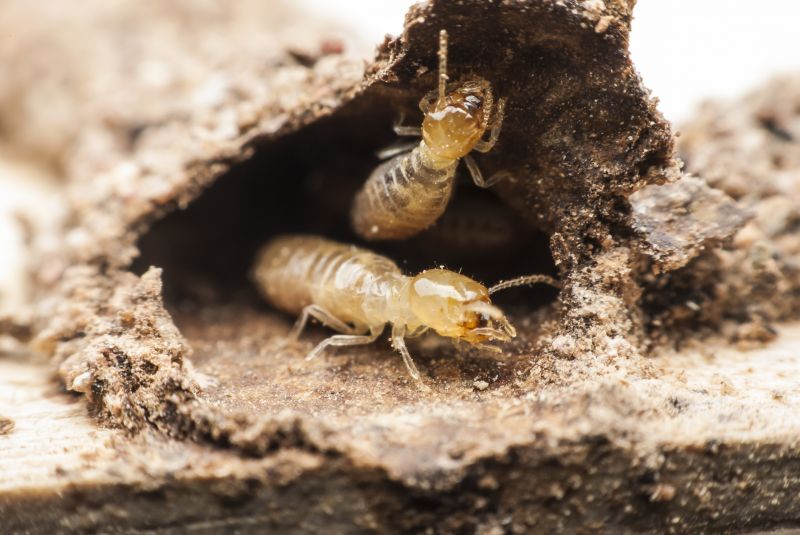
Detailed view of underground tunnels causing turf damage.
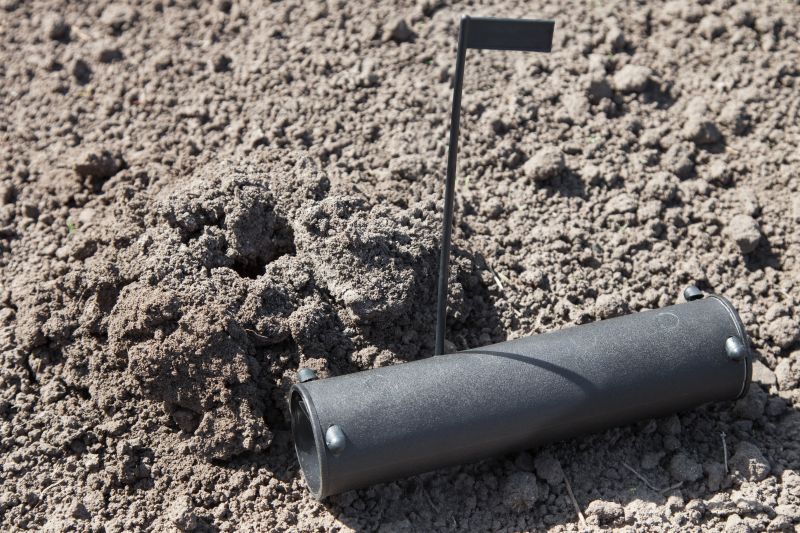
Proper placement increases trapping success.
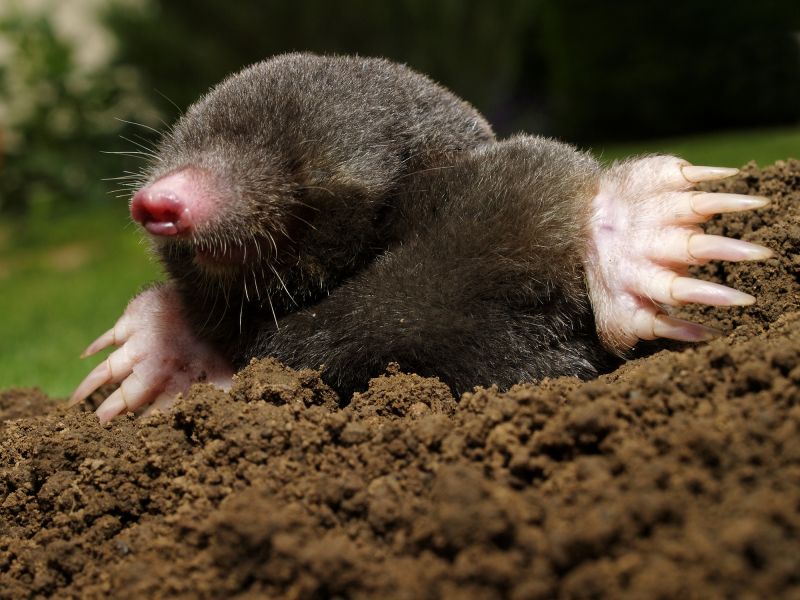
Optimal soil moisture encourages mole activity.
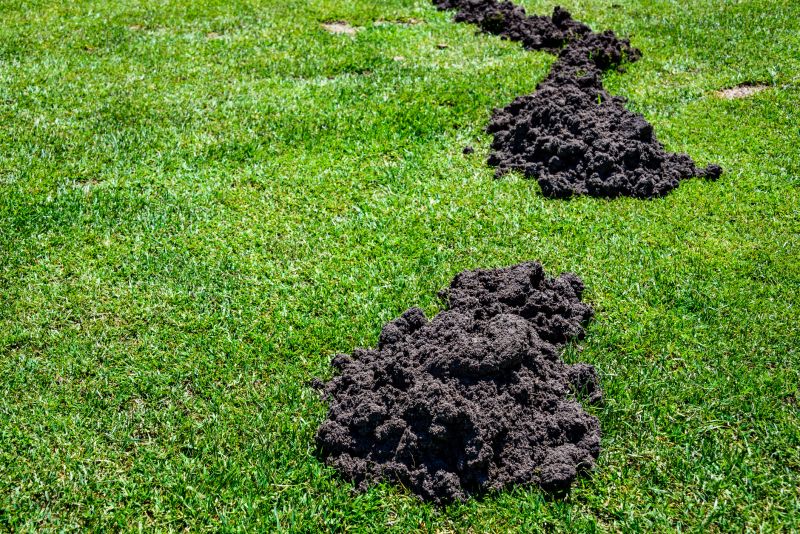
Visible signs of tunneling and soil upheaval.

Little measurements that prevent headaches on Mole Pest Controls day.

A 60-second routine that keeps Mole Pest Controls looking new.
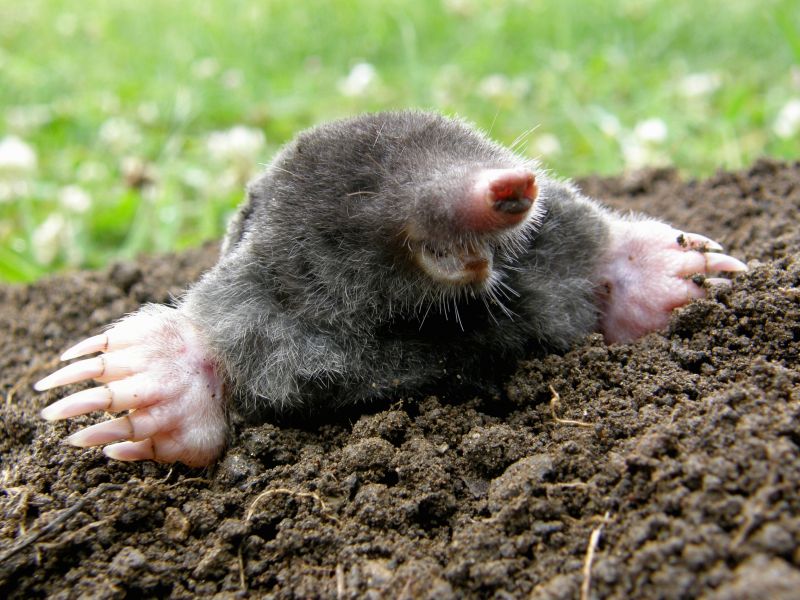
A frequent mistake in Mole Pest Controls and how to dodge it.

Small tweaks to make Mole Pest Controls safer and easier to use.
Timing control efforts to coincide with peak mole activity enhances effectiveness. Proper identification of active tunnels and signs of damage can guide placement of traps and repellents. Regular monitoring and habitat management are key components of successful mole pest control.
Interested in mole pest control solutions? Filling out the contact form can provide tailored options to address specific needs and help manage mole activity effectively.
